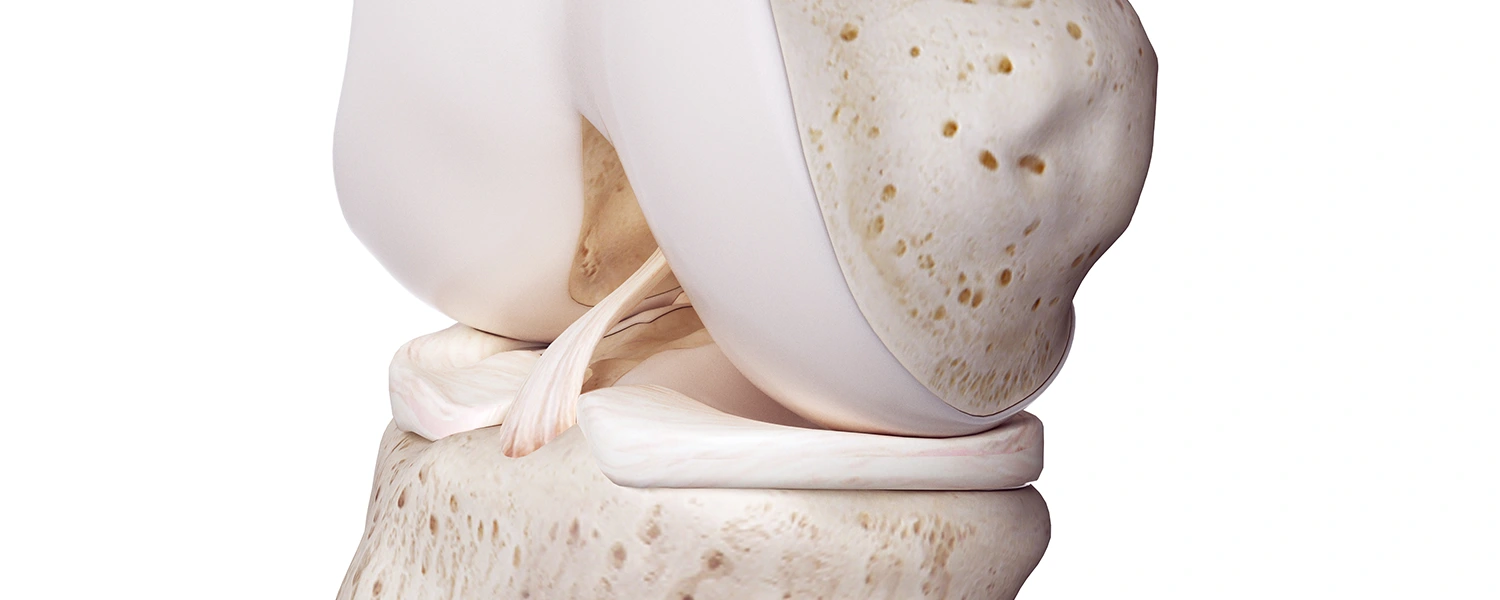
Practitioner Seed #2: Feel as many joints as possible!
While the myth has been debunked regarding our ability to feel millimetres of motion with a spinal or SIJ accessory glide, the ability to assess peripheral joint integrity is a crucial skill to develop.
Missing these unstable joints early can be a disaster, leading to sub-optimal ligament healing, chronic joint instability and has the potential to contribute to early onset degenerative joint changes.
When we complete a knee MCL stress test at university, firstly we don’t really know what we are feeling and secondly, the knee we are feeling is generally normal!
It’s not until we first feel a Grade 3 MCL, that our reference point changes.
You begin to understand the true meaning of ‘laxity’ and ‘soft’ or ’empty’ end feel.
This is the one you really don’t want to miss.
Thankfully, gaining subjective signs of giving way and an audible pop automatically qualifies our patients for an MRI to confirm ACL.
Its guilty until proven otherwise!
But with a lot of patients it isn’t so simple, and their recollection of the injury events is foggy at best.
Katz & Fingeroth found the lachmans test to be 77% sensitive and 95% specific.
For good technique, we need to understand the function of the individual ACL bundles – postero-lateral bundle which is more taut in extension and the Antero-medial bundle that is more taut in knee flexion. This is depicted nicely in the below animation.
Placing the tibio-femoral joint at the correct angle is the most important aspect of getting the tibio-femoral joint surface at the appropriate plane to get the joint glide.
The problem here is that there is so much individual variation on what this angle should be, some are more toward extension, some people need to be more flexed.
Some knee are larger and house more posterior soft tissue, making it difficult to take up the slack
PRACTICE, PRACTICE, PRACTICE!
Lean on your mentors and more experienced clinicians. Make it known at your clinic that you are always available to feel their patients who have high grade ligament injuries.
Every knee patient that walks into your rooms, do a lachmans clearing test, even if they have PFPS!
It’s about building that sensory reference point.
OK , that’s what a G2 laxity feels like,but there is an end feel.
Whoa if i keep going here this joint will dislocate! There is no end feel.
- Get your handling right. Clinicians with small hands might need to put a knee under patients thigh.
- Take up the soft tissue slack (calf) in the upper tibia. Avoid just punching away at the patients upper gastroc!
- Find the patients angle where they get a joint glide. This takes a bit of ‘trial and error’ through small changes of knee flexion/ extension.
- Try to feel the joint line – This provides the highest level sensory input for our fingertips regarding translatory movement.
- Provide the thrust force close to the knee joint axis – Thrusting too distally will result in the leg and foot bouncing up of the plinth.
Reference:
- Katz JW, Fingeroth RJ. The diagnostic accuracy of ruptures of the anterior cruciate ligament comparing the Lachman test, the anterior drawer sign, and the pivot shift test in acute and chronic knee injuries. The American Journal of Sports Medicine 1986;14:88-91. http://ajs.sagepub.com/content/14/1/88.short (accessed 18 July 2013)↑
Comments (0)